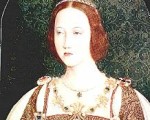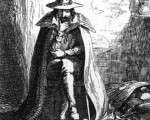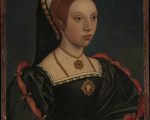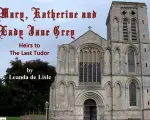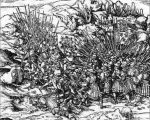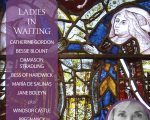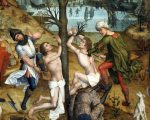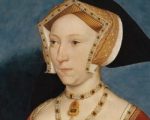
Just to let you know that this month’s live chats will be taking place on Friday 17th November and Thursday 30th November.
Here are all the details…
17 November: Informal live chat – Ladies-in-waiting
This month’s live chat is on Friday 17th November and the topic is ladies-in-waiting. With our informal chats, we don’t have an expert to ‘grill’, we just all bundle into the chatroom and have fun debating the topic for an hour. The moderator is just there to check that it runs smoothly, and to join the debate too. Feel free to share book recommendations on ladies-in-waiting in general, or particular ladies, to pose questions, to share your views on the role or on particular ladies, anything to do with ladies-in-waiting!

